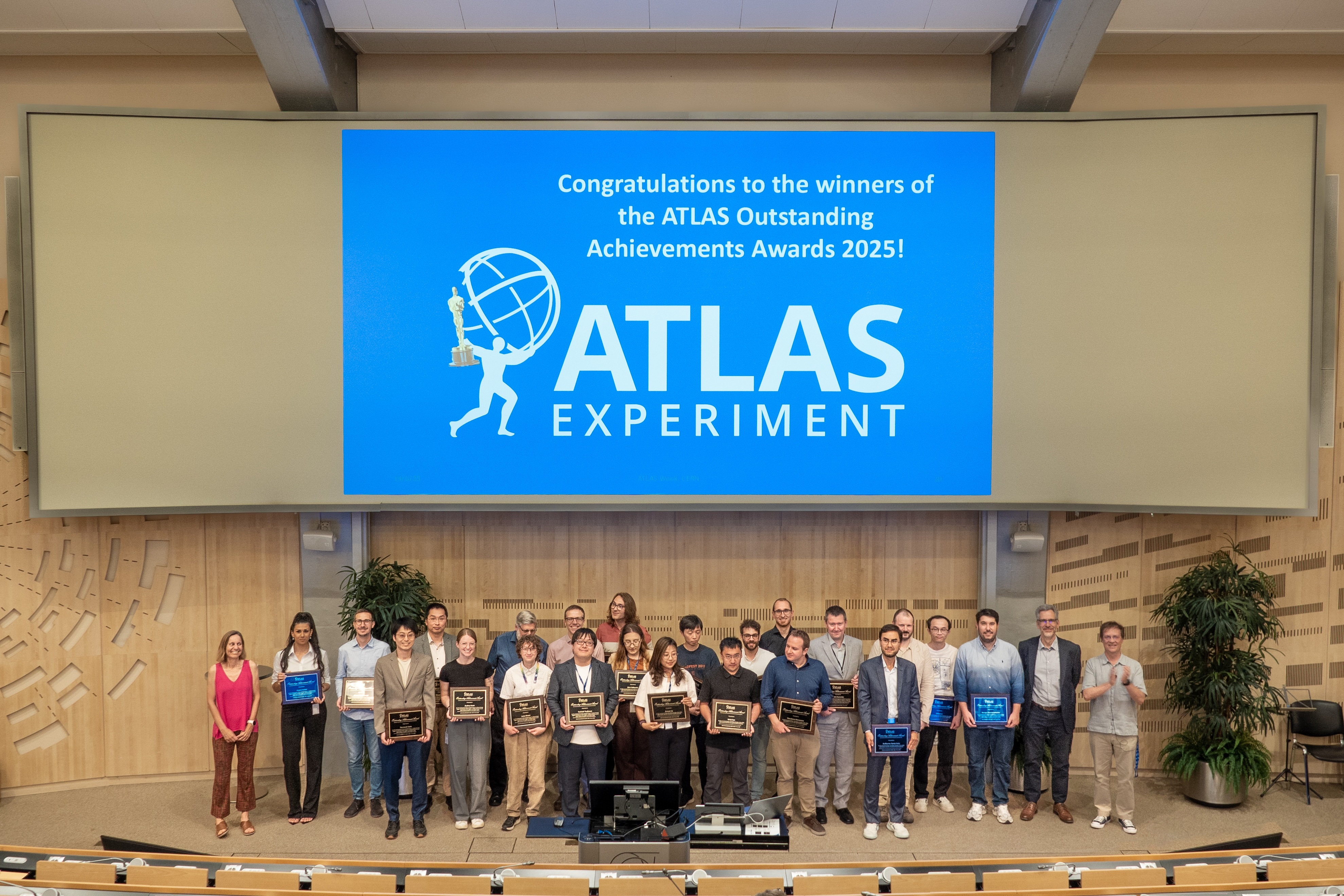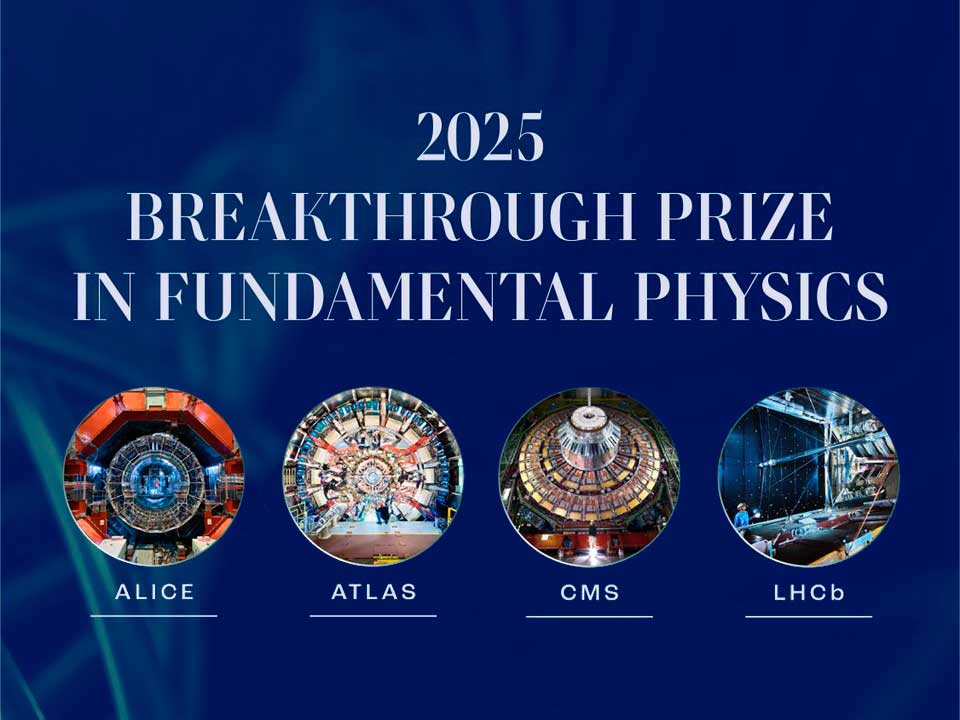The Ties That Bind
15 January 2015 | By
A few weeks ago, I found myself in one of the most beautiful places on earth: wedged between a metallic cable tray and a row of dusty cooling pipes at the bottom of Sector 13 of the ATLAS Detector at CERN. My wrists were scratched from hard plastic cable ties, I had an industrial vacuum strapped to my back, and my only light came from a battery powered LED fastened to the front of my helmet. It was beautiful.

The ATLAS Detector is one of the largest, most complex scientific instruments ever constructed. It is 46 meters long, 26 meters high, and sits 80 metres underground, completely surrounding one of four points on the Large Hadron Collider (LHC), where proton beams are brought together to collide at high energies. It is designed to capture remnants of the collisions, which appear in the form of particle tracks and energy deposits in its active components. Information from these remnants allows us to reconstruct properties of the collisions and, in doing so, to improve our understanding of the basic building blocks and forces of nature.
On that particular day, a few dozen of my colleagues and I were weaving our way through the detector, removing dirt and stray objects that had accumulated during the previous two years. The LHC had been shut down during that time, in order to upgrade the accelerator and prepare its detectors for proton collisions at higher energy. ATLAS is constructed around a set of very large, powerful magnets, designed to curve charged particles coming from the collisions, allowing us to precisely measure their momenta. Any metallic objects left in the detector risk turning into fast-moving projectiles when the magnets are powered up, so it was important for us to do a good job.

The significance of the task, however, did not prevent my eyes from taking in the wonder of the beauty around me. ATLAS is shaped somewhat like a large barrel. For reference in construction, software, and physics analysis, we divide the angle around the beam axis, phi, into 16 sectors. Sector 13 is the lucky sector at the very bottom of the detector, which is where I found myself that morning. And I was right at ground zero, directly under the point of collision.
To get to that spot, I had to pass through a myriad of detector hardware, electronics, cables, and cooling pipes. One of the most striking aspects of the scenery is the ironic juxtaposition of construction-grade machinery, including built-in ladders and scaffolding, with delicate, highly sensitive detector components, some of which make positional measurements to micron (thousandth of a millimetre) precision. All of this is held in place by kilometres of cable trays, fixings, and what appear to be millions of plastic (sometimes sharp) cable ties.
The real beauty lies not in the parts themselves, but rather in the magnificent stories of international cooperation and collaboration that they tell.

The real beauty lies not in the parts themselves, but rather in the magnificent stories of international cooperation and collaboration that they tell. The cable tie that scratched my wrist secures a cable that was installed by an Iranian student from a Canadian university. Its purpose is to carry data from electronics designed in Germany, attached to a detector built in the USA and installed by a Russian technician. On the other end, a Japanese readout system brings the data to a trigger designed in Australia, following the plans of a Moroccan scientist. The filtered data is processed by software written in Sweden following the plans of a French physicist at a Dutch laboratory, and then distributed by grid middleware designed by a Brazilian student at CERN. This allows the data to be analyzed by a Chinese physicist in Argentina working in a group chaired by an Israeli researcher and overseen by a British coordinator. And what about the cable tie? No idea, but that doesn’t take away from its beauty.
There are 178 institutions from 38 different countries participating in the ATLAS Experiment, which is only the beginning. When one considers the international make-up of each of the institutions, it would be safe to claim that well over 100 countries from all corners of the globe are represented in the collaboration. While this rich diversity is a wonderful story, the real beauty lies in the commonality.

All of the scientists, with their diverse social, cultural and linguistic backgrounds, share a common goal: a commitment to the success of the experiment. The plastic cable tie might scratch, but it is tight and well placed; its cable is held correctly and the data are delivered, as expected. This enormous, complex enterprise works because the researchers who built it are driven by the essential nature of the mission: to improve our understanding of the world we live in. We share a common dedication to the future, we know it depends on research like this, and we are thrilled to be a part it.
This spring, the LHC will restart at an energy level higher than any accelerator has ever achieved before. This will allow the researchers from ATLAS, as well as the thousands of other physicists from partner experiments sharing the accelerator, to explore the fundamental components of our universe in more detail than ever before. These scientists share a common dream of discovery that will manifest itself in the excitement of the coming months. Whether or not that discovery comes this year or some time in the future, Sector 13 of the ATLAS detector reflects all the beauty of that dream.




